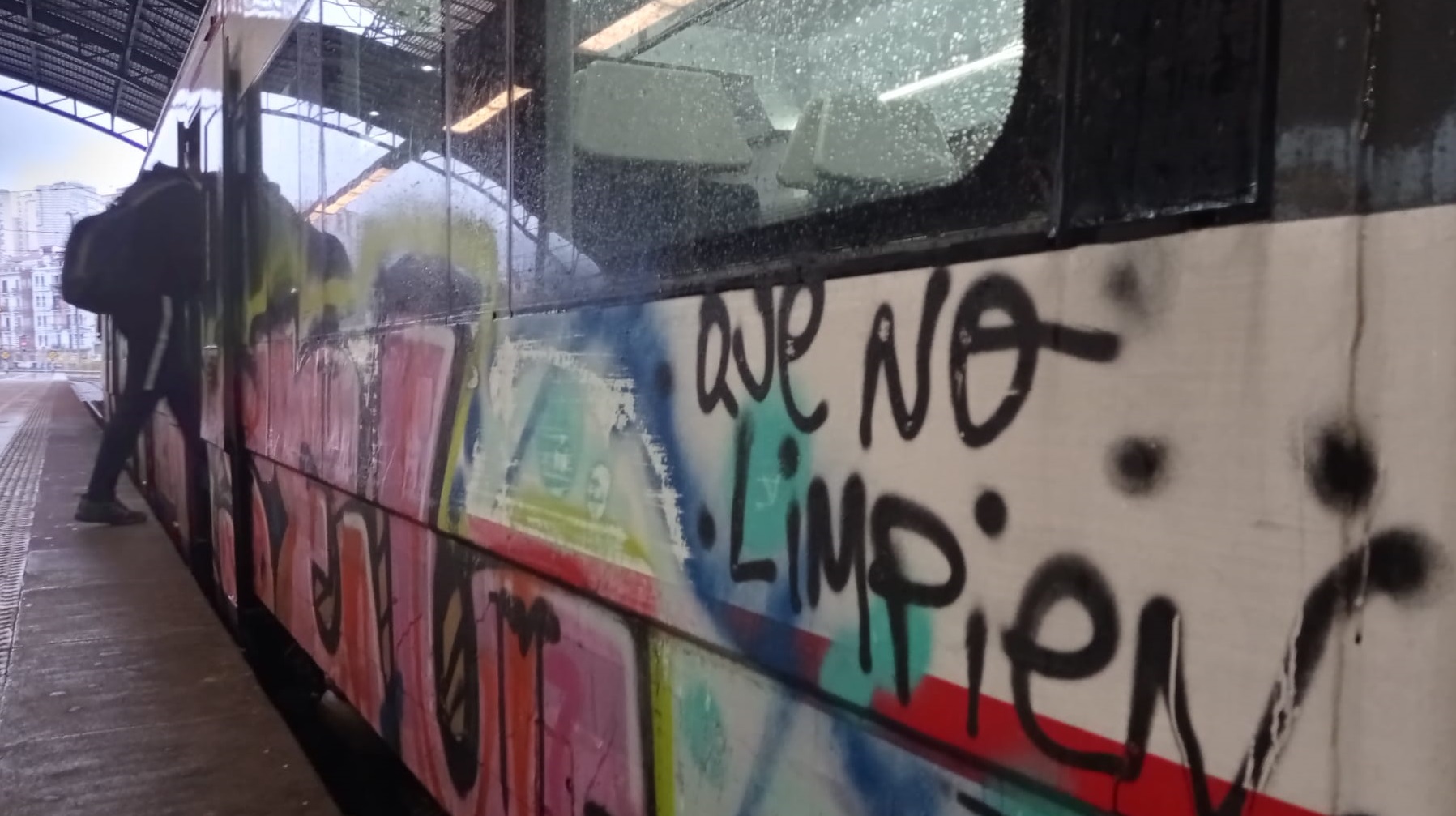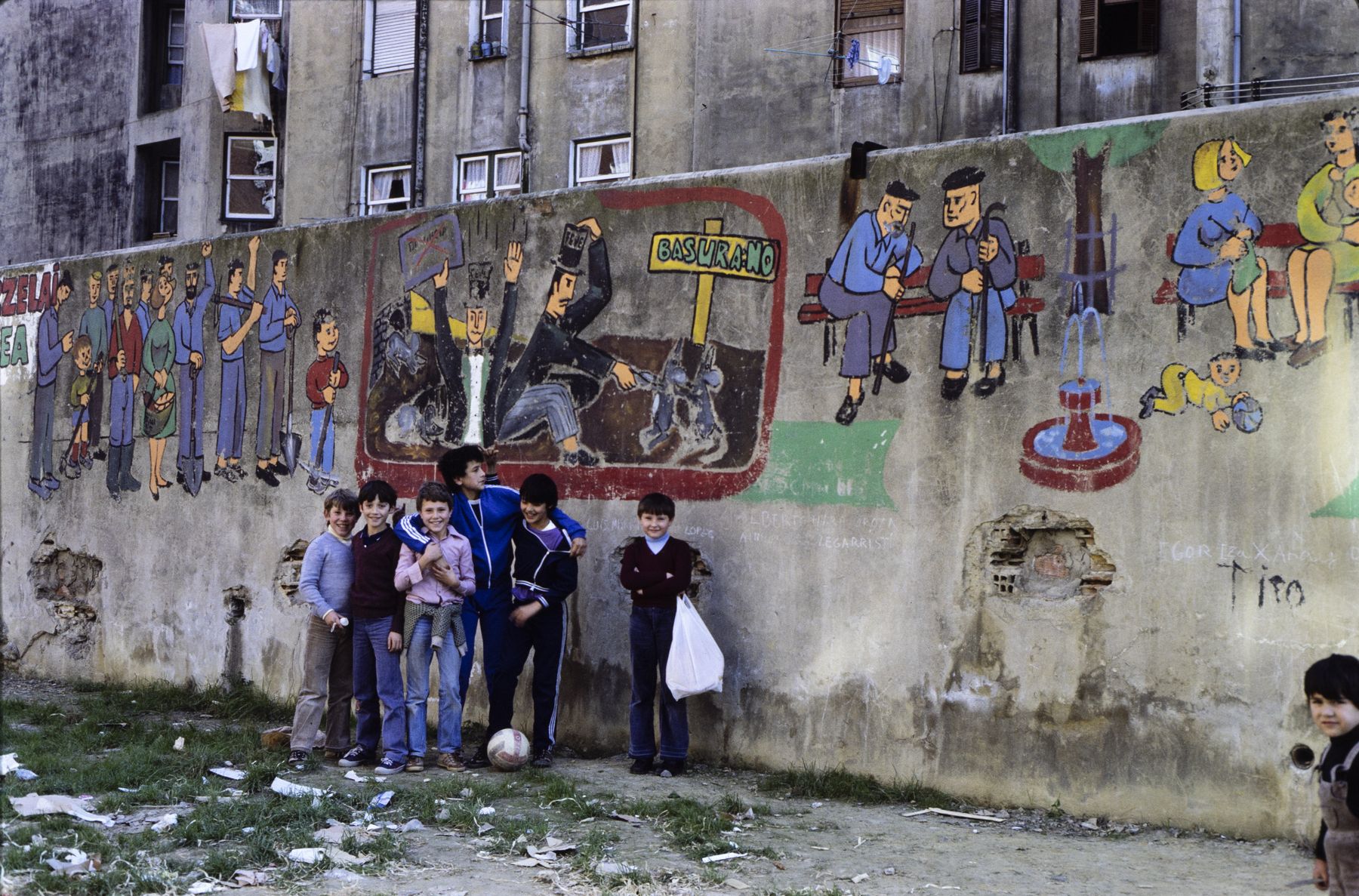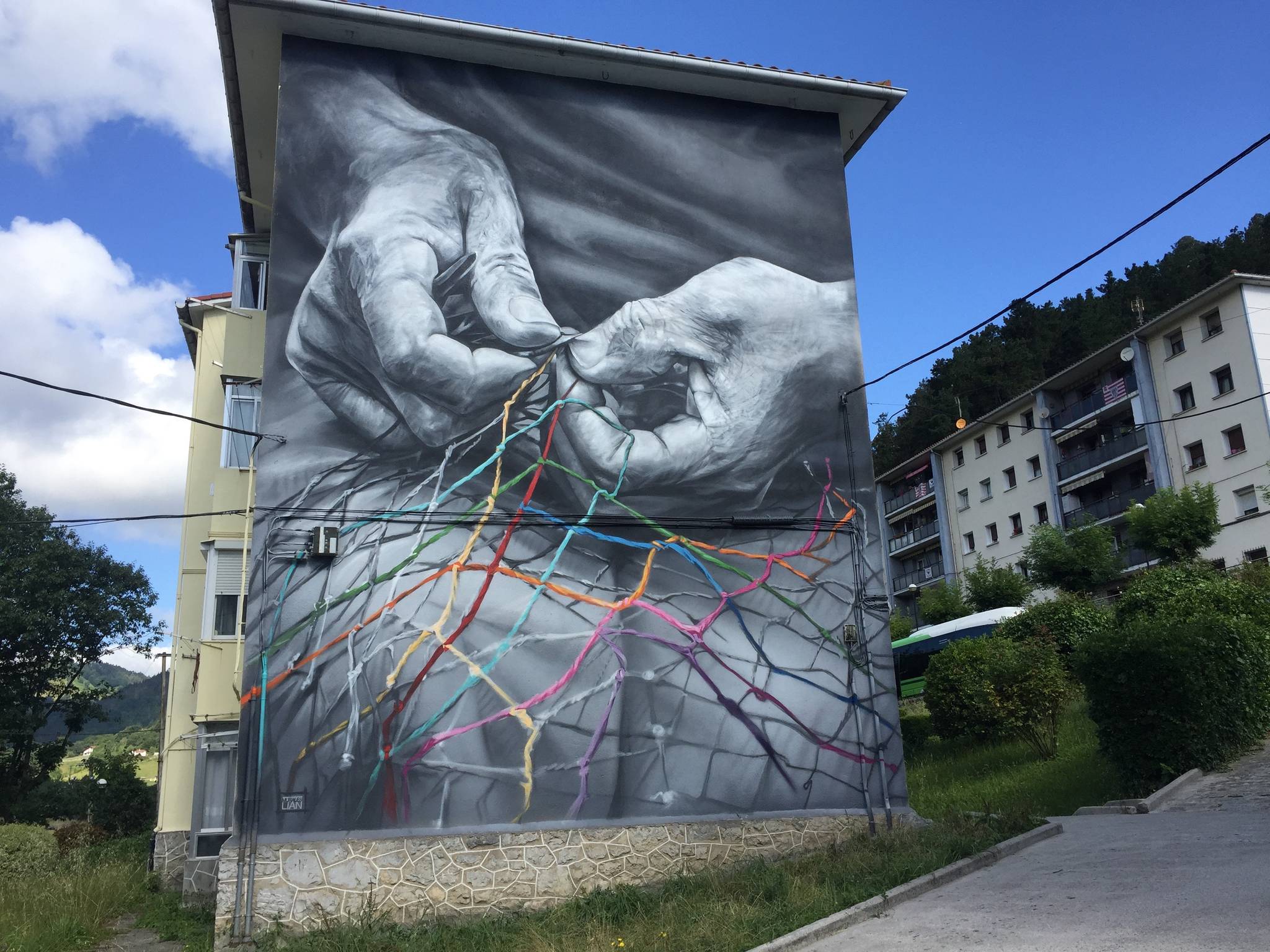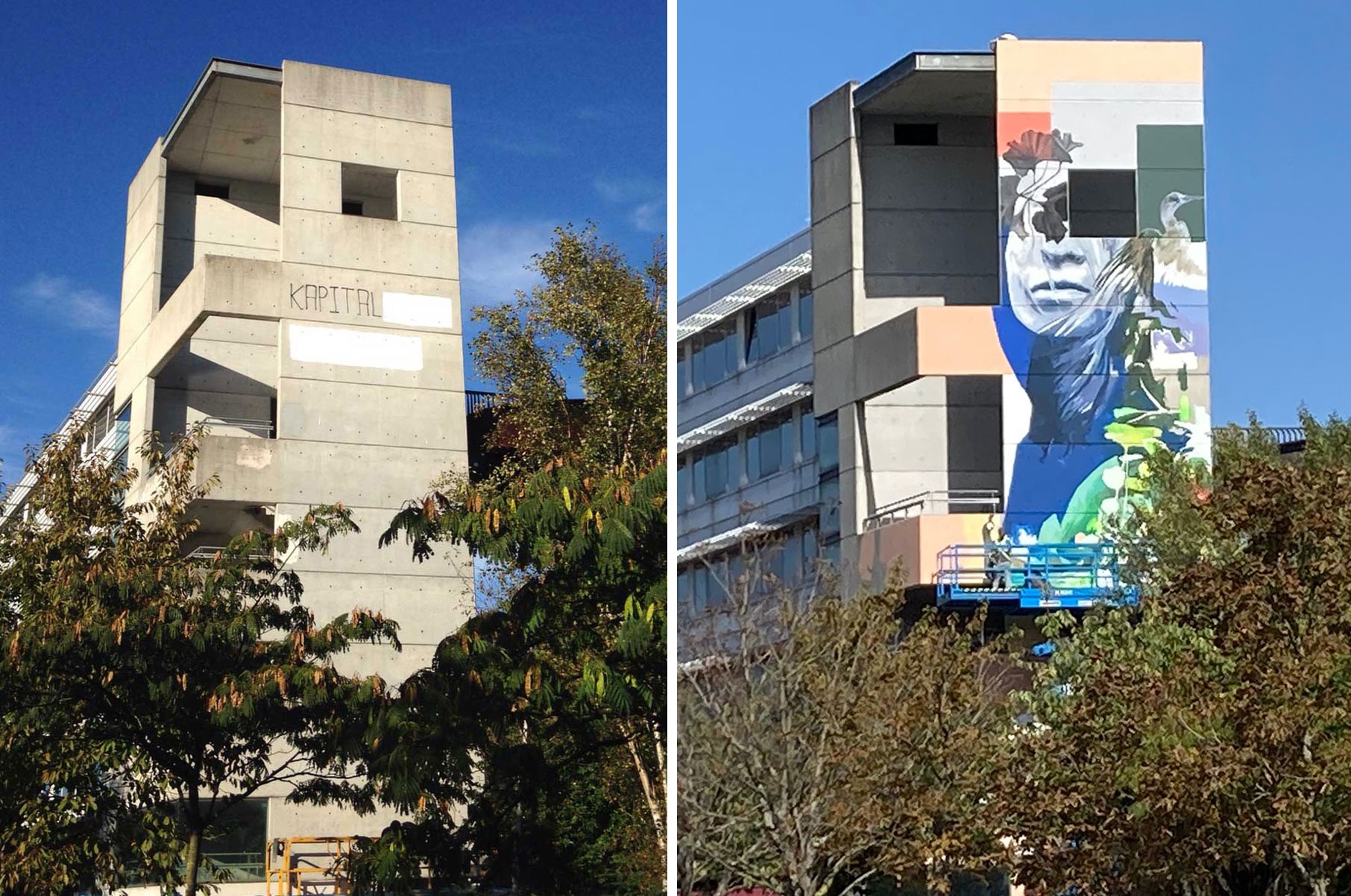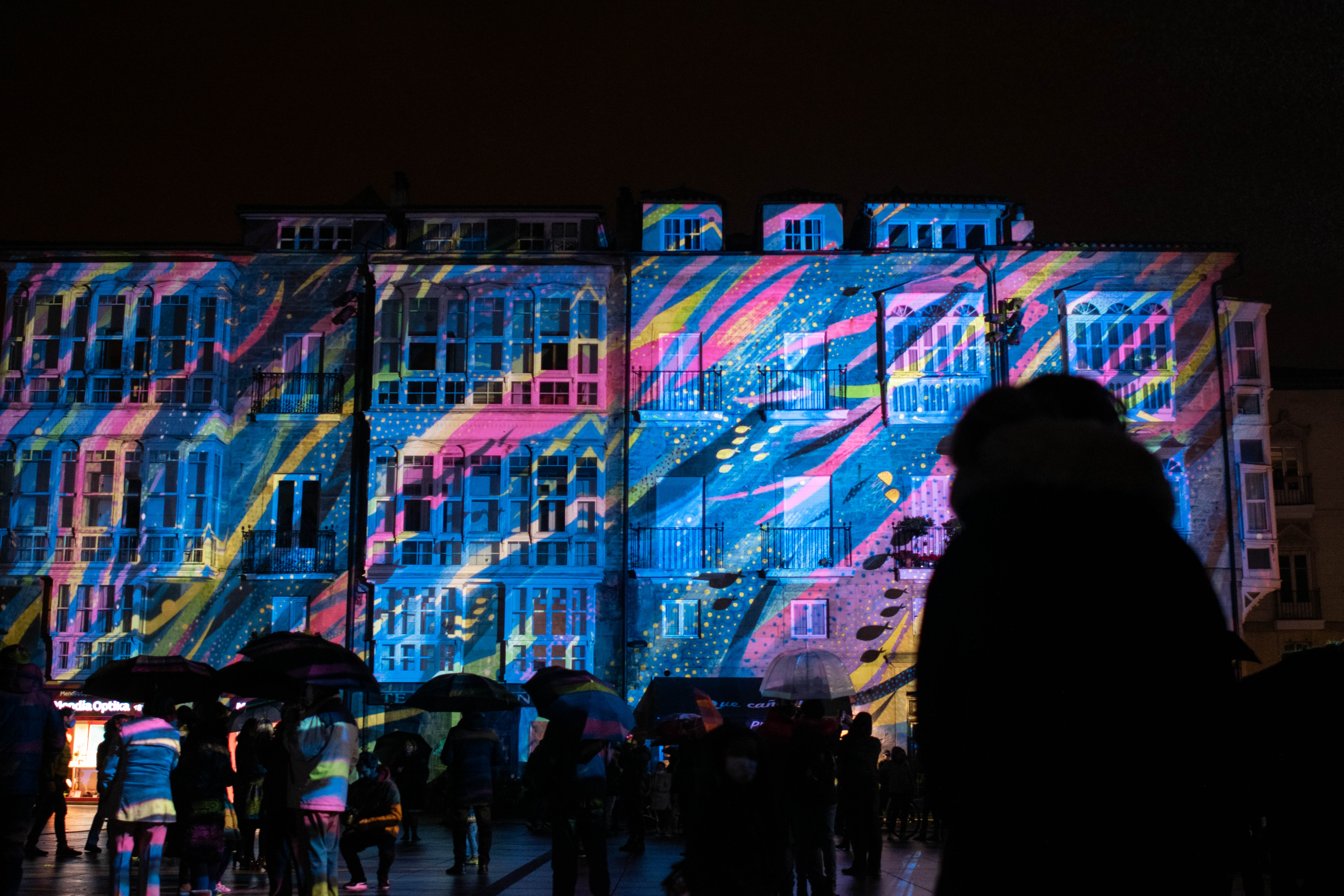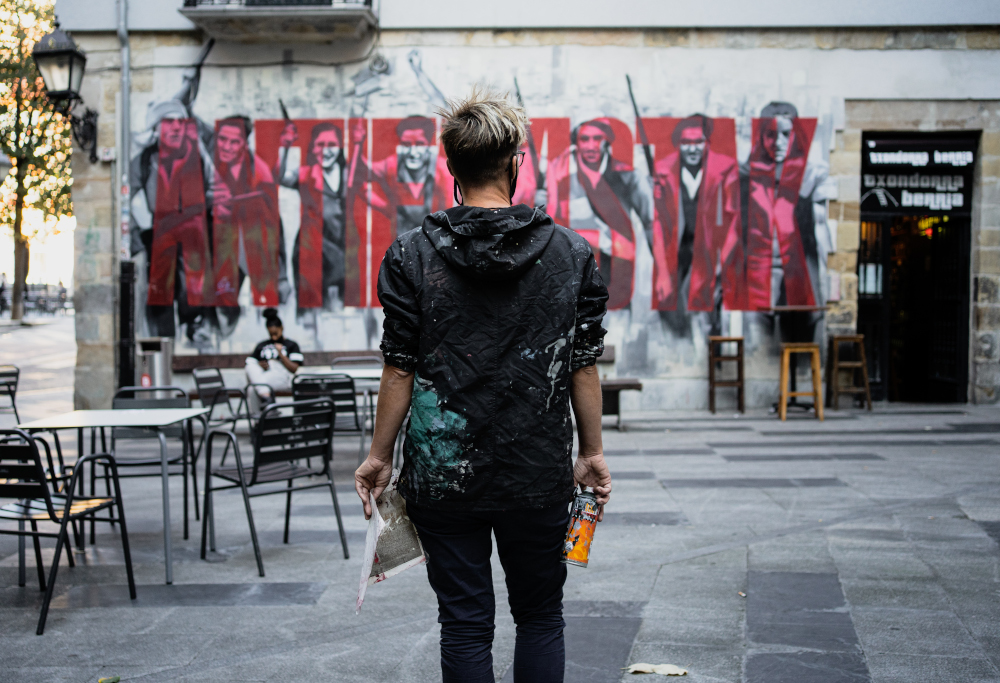Graffiti to complete the fragmented population
- The project to build a hazardous waste landfill fragmented the inhabitants of the small town of Fanzara. The Unfinished Museum of Urban Art (MIAU) was created to overcome concerns and hostilities and try to form a community. The museum consists of the walls and streets of the town and organizes annually the festival with artists from all over the world to create pieces. Photo report by Dani Blanco.
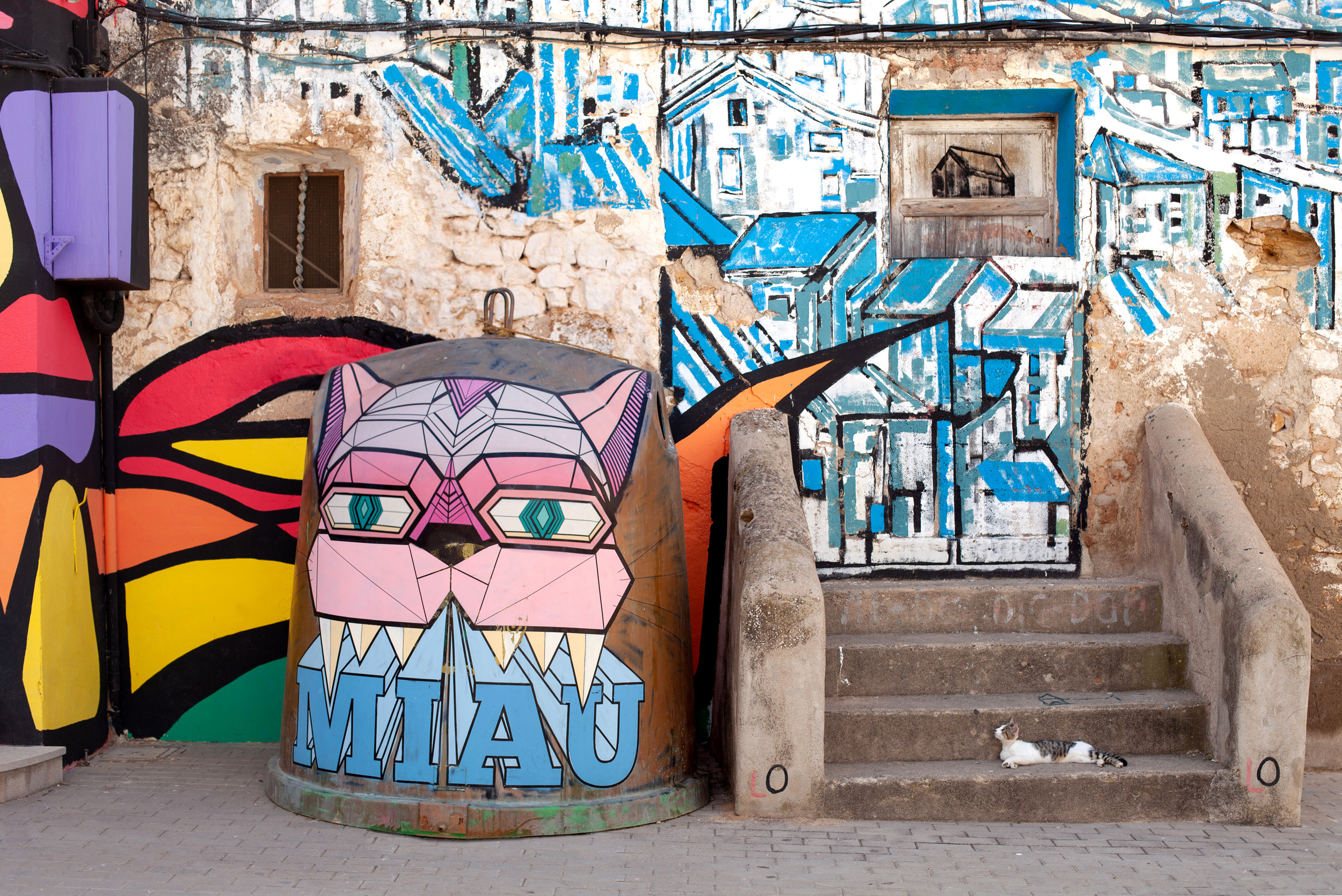
Fanzara is a small town surrounded by mountains and forests (Castellón, Valencia, Catalan Countries). Its current population is 273 inhabitants, the majority older. In 2004, the City Council under the command of the PP approved a plan for the installation of a landfill of hazardous substances in the land of the town, in order to boost the local economy and create jobs. However, the project was ecologically unfeasible, owing, inter alia, to the possibility of contaminating the aquifer under the site. Consequently, citizens opposed to the landfill project created the No Hazardous Rights platform (not the landfill of dangerous substances). The fight took place and in 2007 the Territorial Council of the Valencian Community prohibited the recalification and accumulation of dangerous substances in the land where the landfill was to be built, arguing that the environmental impact would be negative.
By then, however, the relationships between the inhabitants had already deteriorated. For and against landfill, the population was fragmented and hostile. In some cases, members of the same family and crews stopped talking and the old coexistence was dismantled. The nomination of citizens who participated in the 2011 municipal elections on the landfill platform won the vote. Finally rejecting the landfill project, it was decided that something had to be done to complete relations between citizens.
To this end, the Museum of Urban Art (MIAU) was created. The objective of the project is to promote coexistence through art. Citizens welcome artists in their homes every year at the festival held in July, and art comes to life on the walls of their houses. At the same time, artists are intermediaries between citizens. People are an opportunity and an unbeatable excuse to be together, to speak, to share something. The museum and the festival were launched in 2014 and since then 150 interventions have been made. The museum of the walls of a small town has become a world reference for graffiti artists. In addition, the annual festival includes dance performances, concerts, photo exhibitions, conferences and screenings. The people of Fanzara manage the project and they work voluntarily to get it through. It has served to calm hostilities between citizens and strengthen the community through art. Throughout the year you can visit a museum in constant transformation.











.jpg)




Zerbitzu sekretuen alorrean erabili ohi diren OSINT teknikak erabiliko dituen enpresa bat kontratatzeko proiektua lizitaziora atera du Gasteizko Udalak, Arabako Alea-k jakitera eman duenez.
These cold nights of November the street of Vitoria does not illuminate the moons, but the shows of the festival of light Umbra. In these short days of little light, the festival has allowed us to enter the world of the art of light, where the public has been able to experience... [+]











